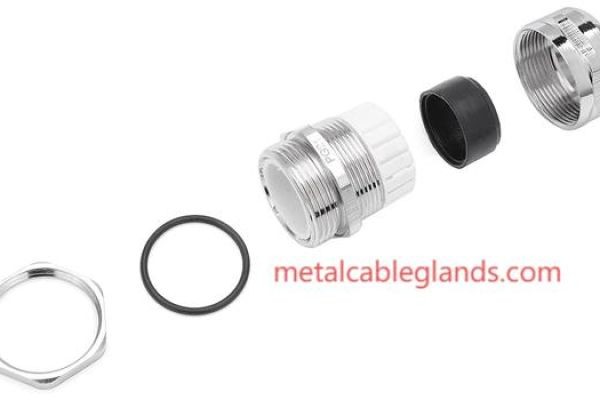Modern industries rely heavily on uninterrupted communication and power transmission, and the EMC Cable Gland plays a critical role in ensuring both mechanical security and electromagnetic shielding. Positioned between electrical enclosures and cables, the EMC Cable Gland prevents interference while securing connections against vibration, dust, and moisture, making it a key component in high-demand environments.
A distinguishing feature of the EMC Cable Gland is its ability to combine grounding and strain relief in one design. The gland ensures that electromagnetic interference is redirected safely to the enclosure, minimizing disruptions that could otherwise compromise sensitive systems. Zhejiang Hongjuesi Connector has engineered these components with precision, offering products that not only meet international compliance standards but also deliver long-term reliability across various applications.
The structural composition of EMC Cable Glands reflects careful engineering. Typically, the outer body is manufactured from nickel-plated brass or stainless steel for enhanced corrosion resistance, while the internal spring or contact elements are designed to maintain consistent conductivity. This ensures that the shielding performance remains intact, even under continuous mechanical stress or exposure to harsh environments.
In terms of performance, industries deploying automation, robotics, and communication systems particularly benefit from EMC protection. Without reliable shielding, signal cables are prone to distortion from surrounding motors, frequency converters, or high-voltage circuits. By integrating EMC Cable Glands into the system, data remains accurate, latency is reduced, and control processes operate smoothly, which is crucial for maintaining productivity and quality standards in industrial operations.
Environmental resistance is another advantage that makes EMC Cable Glands versatile. Many designs are tested to IP68 ratings, offering dust-tight sealing and protection against water ingress, making them suitable for outdoor applications such as wind energy farms, solar installations, or transportation systems. Their ability to combine EMI protection with sealing performance provides dual assurance for projects in challenging conditions.
The application range of EMC Cable Glands spans multiple industries. In data centers, they safeguard communication lines from interference that could compromise server efficiency. In renewable energy, they protect sensitive inverter cables against both electromagnetic interference and environmental stress. In railway systems, where reliability is paramount, these glands secure connections exposed to continuous vibration and fluctuating weather conditions.
Installation and maintenance processes are streamlined with modern EMC designs. Many glands feature user-friendly assembly methods that reduce installation time without sacrificing performance. Some designs also allow re-termination of cables while maintaining consistent EMI shielding, offering long-term flexibility for system upgrades or repairs. Zhejiang Hongjuesi Connector integrates such practical features into its product line, ensuring customer projects achieve efficient and reliable results.
The role of EMC Cable Glands in modern electrical engineering cannot be understated. By providing both electromagnetic shielding and robust environmental protection, they serve as a reliable foundation for secure and efficient systems across global industries.To explore more about EMC Cable Gland products offered by Zhejiang Hongjuesi Connector, visit https://www.metalcableglands.com/product/ .

